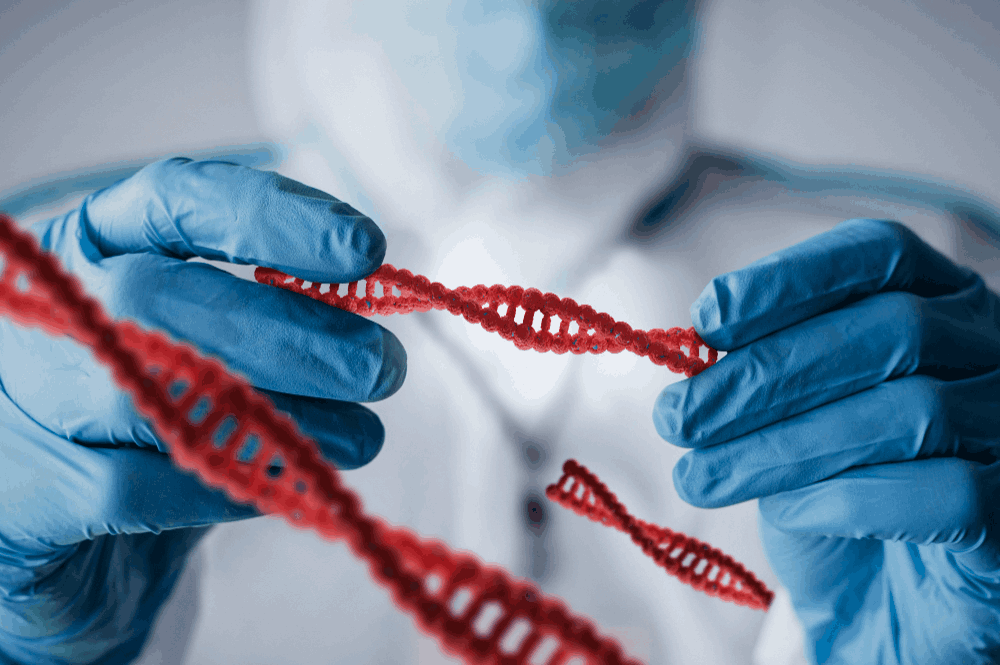Breast Cancer
Understanding Breast Cancer
Breast cancer is a malignant condition characterized by the uncontrolled growth of abnormal cells in the breast tissue. It predominantly affects women but can also occur in men, albeit at a much lower frequency. Breast cancer typically starts in the milk ducts or lobules of the breast and may spread to other parts of the body if left untreated.
Risk Factors
Several factors can increase the risk of developing breast cancer. While some are non-modifiable, such as age, gender, and family history, others can be influenced through lifestyle modifications. Common risk factors include:
- Gender: Being a woman increases the risk significantly.
- Age: Advancing age is a primary risk factor, with most cases occurring in women over 50.
- Family History: Having close relatives (such as mother, sister, or daughter) diagnosed with breast cancer can increase the risk.
- Genetic Mutations: Inherited gene mutations, such as BRCA1 and BRCA2, can significantly increase the risk.
- Personal History: Previous breast cancer or certain non-cancerous breast conditions may raise the risk.
- Hormonal Factors: Prolonged exposure to estrogen, early menstruation, late menopause, and hormonal therapy may contribute.
- Lifestyle Factors: Obesity, excessive alcohol consumption, smoking, sedentary lifestyle, and certain hormone replacement therapies can increase the risk.
Symptoms and Signs
Detecting breast cancer early increases the chances of successful treatment. Common signs and symptoms include:
- A lump or thickening in the breast or underarm area.
- Breast pain or tenderness.
- Swelling or changes in breast size or shape.
- Skin irritation or dimpling.
- Nipple changes, such as inversion, discharge, or redness.
- Scaliness or redness of the breast skin.
- Enlarged lymph nodes in the armpit.
It's important to note that these symptoms can also be caused by non-cancerous conditions. If you experience any of these changes, it is crucial to consult a healthcare professional for proper evaluation.
Diagnosis
If breast cancer is suspected, several diagnostic procedures may be used to confirm the diagnosis, determine the stage, and guide treatment decisions. Common diagnostic methods include:
- Clinical Breast Exam (CBE): A healthcare professional examines the breasts and surrounding areas for abnormalities.
- Mammography: An X-ray of the breast that can detect abnormalities, including tumors or calcifications.
- Breast Ultrasound: Sound waves are used to create images of the breast tissue, providing additional information about the nature of a lump.
- Breast MRI: Magnetic resonance imaging may be recommended in specific cases to obtain detailed images of the breast.
- Biopsy: Removal of a tissue sample from the suspicious area for laboratory analysis to confirm the presence of cancer cells and determine their characteristics.
Treatment
The treatment for breast cancer depends on various factors, including the stage of the cancer, the characteristics of the tumor, and individual health considerations. The primary treatment options may include:
- Surgery: Depending on the extent of the disease, surgical options may involve breast-conserving surgery (lumpectomy) or mastectomy.
- Radiation Therapy: High-energy radiation is used to kill cancer cells and reduce the risk of recurrence after surgery.
- Chemotherapy: Medications are used to destroy cancer cells that may have spread beyond the breast.
- Hormone Therapy: Drugs are prescribed to block or suppress the effects of hormones, such as estrogen or progesterone, on breast cancer cells.
- Targeted Therapy: Certain medications specifically target cancer cells based on their genetic characteristics or other specific markers.
- Immunotherapy: This treatment option helps stimulate the body's immune system to recognize and destroy cancer cells.
The treatment plan will be determined by a multidisciplinary team of healthcare professionals and will be tailored to the individual needs of each patient.
Prevention and Screening
While there is no foolproof way to prevent breast cancer, certain lifestyle changes and early detection strategies can help reduce the risk and improve outcomes. Here are some recommendations:
- Maintain a healthy weight through a balanced diet and regular exercise.
- Limit alcohol consumption.
- Avoid smoking and exposure to secondhand smoke.
- Breastfeed, if possible, as it may have a protective effect.
- Be aware of your family history and consider genetic counseling if needed.
- Conduct regular self-examinations to become familiar with your breasts and promptly report any changes to your healthcare provider.
- Follow recommended screening guidelines, such as mammography, clinical breast exams, and breast MRI if necessary, based on your age, risk factors, and healthcare provider's recommendations.
Conclusion
Breast cancer is a complex disease, but advancements in research and treatment options have significantly improved outcomes. Early detection, timely intervention, and a comprehensive treatment approach are crucial for successful management. By understanding the risk factors, symptoms, diagnosis, treatment, and preventive measures, individuals can actively participate in their breast health and make informed decisions with the guidance of healthcare professionals. Remember, regular check-ups and open communication with your doctor are key to addressing breast health concerns effectively.
Topics
-
date
2023.08.01 12:24
-
by
Tom Neely
-
forums
-
date
2023.08.01 12:23
-
by
Tom Neely
-
forums
-
date
2023.07.24 12:27
-
by
EricParker
-
forums
-
date
2023.07.24 09:30
-
by
EricParker
-
forums

